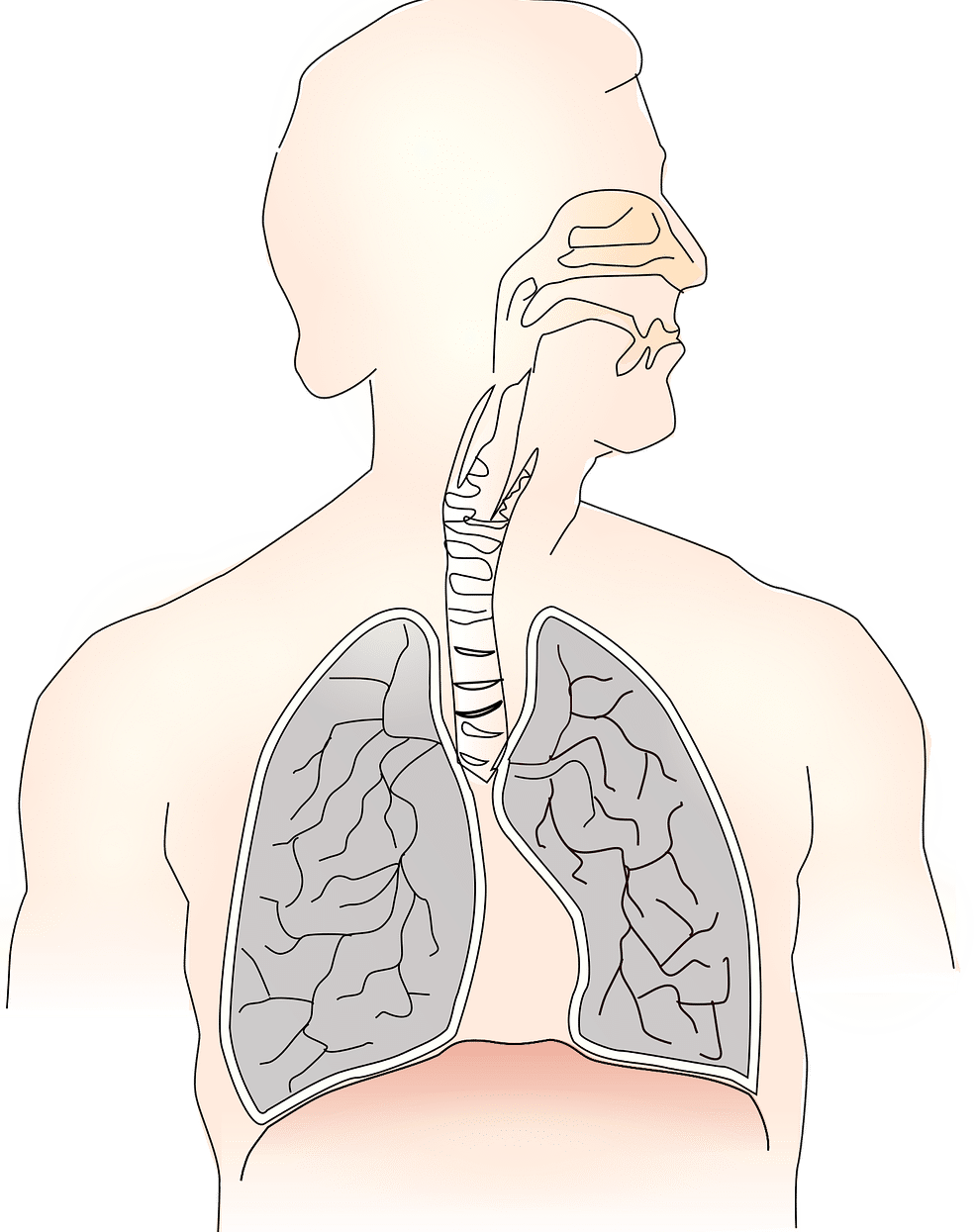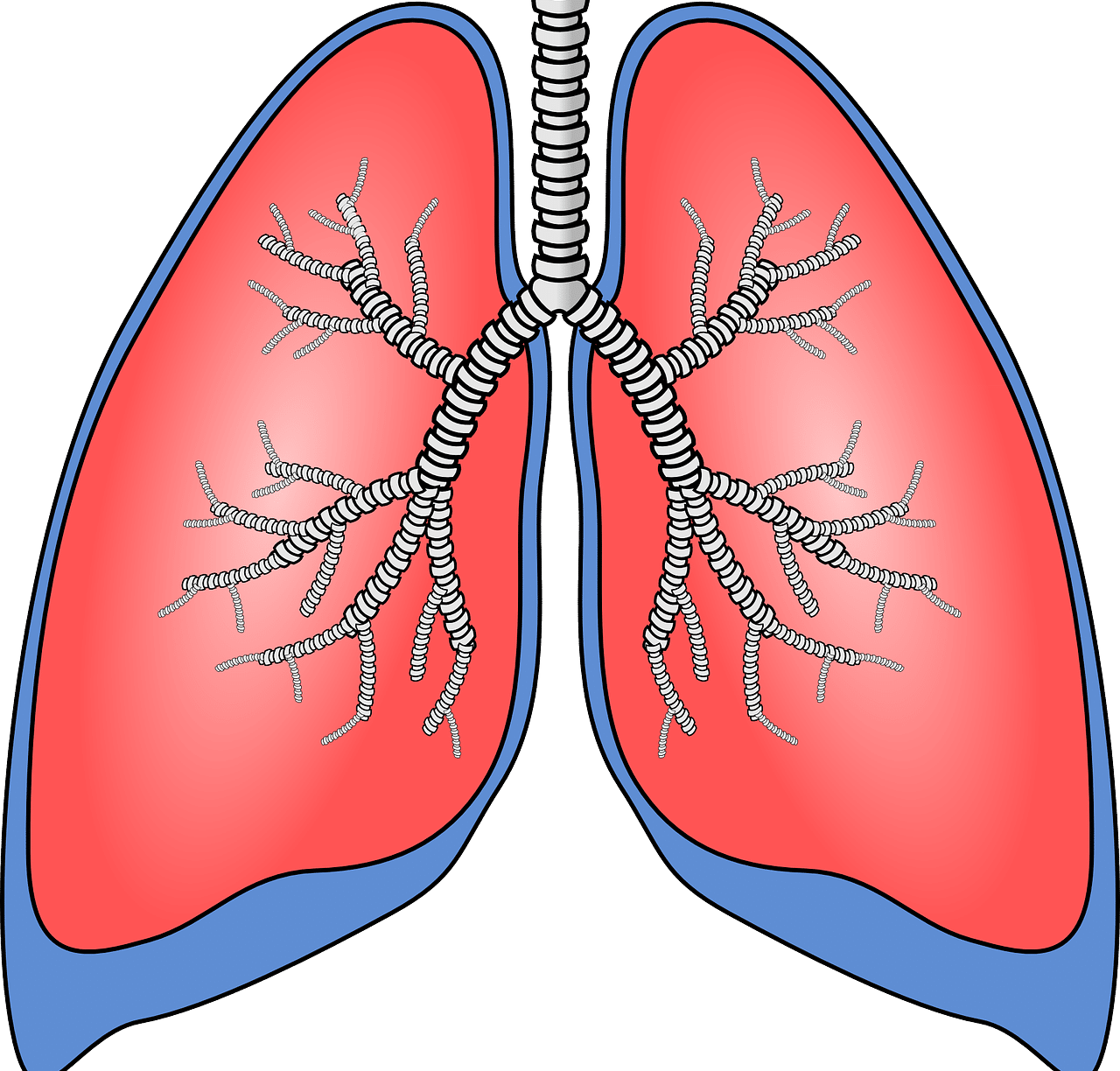
Excess alkalinity in the bloodstream is called alkalosis.
Alkalosis is a medical concept used to name excess alkalinity in the bloodstream . Alkalinity, for its part, refers to what is alkaline : it has the metallic hydroxyl called alkali .
Returning to the notion of alkalosis, it is a condition that arises due to an increase in the alkalinity of the blood, which then presents an excessive level of alkali (a base ). The opposite is acidosis , a condition derived from increased acid .
Alkalosis, thus, reveals a hydroelectrolyte type disorder . As the kidneys and lungs are responsible for regulating the level of bases and acids in the body, these disorders are linked to an increase in the amount of bicarbonate or a drop in carbon dioxide .
Types of alkalosis
When a high level of bicarbonate is recorded in the blood , it is called metabolic alkalosis . In this case, it is possible to differentiate between hypokalemic alkalosis (the kidney reacts to the loss of potassium due to a diuretic or other cause), hypochloremic alkalosis (reaction of the kidney to the drop in chloride level, which may be due to vomiting) and compensated alkalosis (the body manages to balance bases and acids, even though carbon dioxide and bicarbonate are still in abnormal quantities).
Respiratory alkalosis , on the other hand, arises when an individual is in a place with little oxygen (for example, at a very high altitude). This reduction in oxygen in the blood encourages breathing and results in excessive loss of carbon dioxide. To compensate for alkalosis, the kidney promotes increased bicarbonate excretion.

Respiratory alkalosis occurs when you are in a place with little oxygen.
Your symptoms
Regarding the symptoms of alkalosis, the list is relatively extensive and includes the following:
- Confusion, which can lead to a coma or stupor, a term that in medicine is defined as a decrease in intellectual functions that occurs together with an apparent attitude of indifference or astonishment.
- Tremors in the hands.
- Loss of balance and dizziness.
- Nausea and vomiting.
- Muscle fasciculations, that is, slight contractions of the muscles that occur involuntarily and that do not generate movement of the limbs but can be seen under the skin.
- Prolonged muscle cramps, also known as muscle spasms. It is the result of involuntary tension of the muscles without the corresponding relaxation following it.
- Tingling or numbness of an extremity, such as the feet or hands, or the face.
How alkalosis is diagnosed
Regarding the characteristics of a medical consultation focused on alkalosis, it is normal for the doctor to perform a physical examination of the patient and ask questions related to the symptoms he or she has noticed. Next, you can ask for the following two laboratory tests :
- An arterial blood gas, a measurement of the level of oxygen and carbon dioxide in the blood, which also serves to know its degree of acidity .
- Basic metabolic tests, including electrolytes , to confirm the presence of alkalosis and determine whether it is metabolic or respiratory.
The treatment
The treatment for alkalosis cannot be defined until the doctor has found the cause. If we take the case of alkalosis caused by hyperventilation, for example, it is common to recommend placing a paper bag in front of your mouth to breathe into it and thus ensuring that so much carbon dioxide is not lost from the body.
It is also possible to administer certain medications to resolve the loss of potassium and chloride, among other chemicals. Generally, alkalosis patients manage to overcome it with the indicated treatment .
